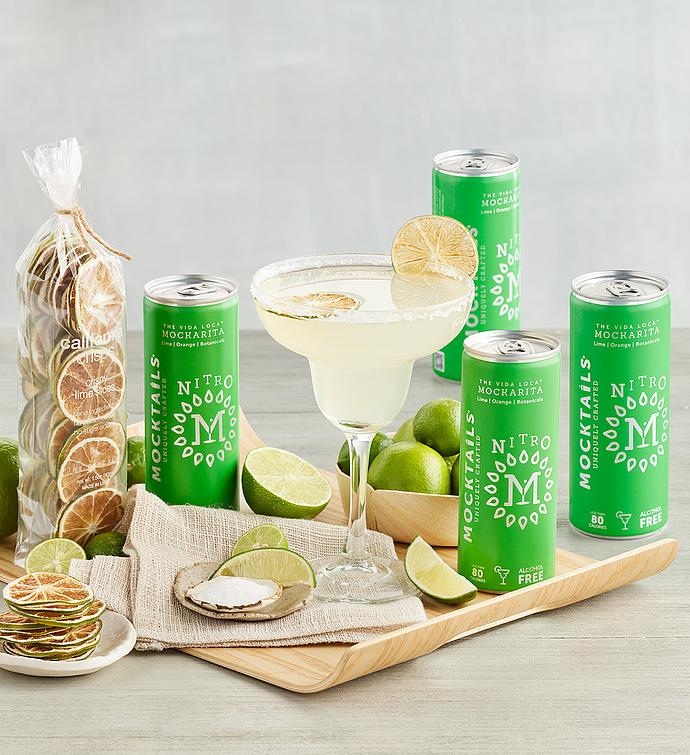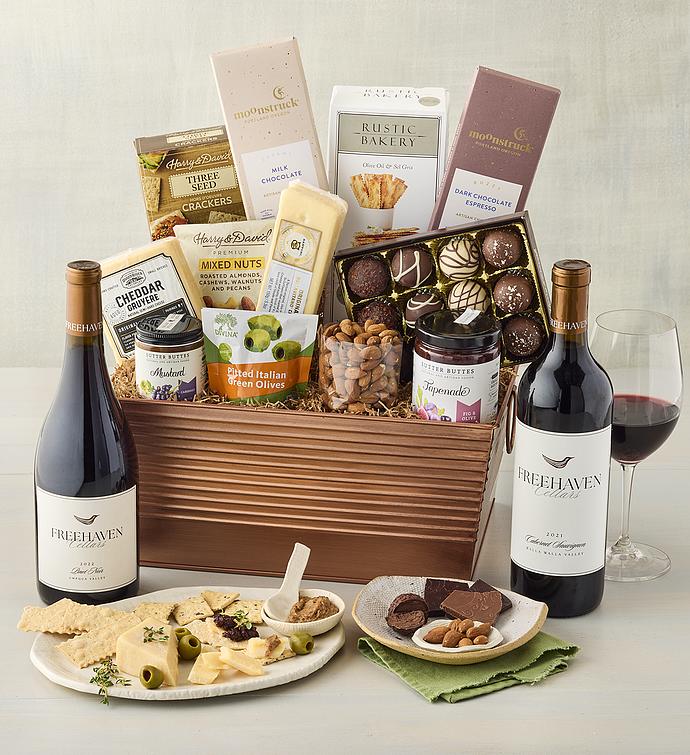
Antinori Tignanello
Product information for Antinori Tignanello
From the legendary hills of Chianti Classico comes Tignanello an iconic Super Tuscan that helped redefine Italian wine. Crafted by Marchesi Antinori, this bold and refined red blend hails from the prestigious Tenuta Tignanello estate, where marine marlstone soils and dramatic day-to-night temperature shifts create the ideal terroir for world-class viticulture. Tignanello is a masterful blend of Sangiovese, Cabernet Sauvignon, and Cabernet Franc, seamlessly marrying Italian tradition with international flair. Deep ruby in color, the wine bursts with layered aromas of ripe red berries, dark cherries, tobacco, and spices. The palate delivers velvety tannins, vibrant acidity, and a long, elegant finish that speaks to its aging potential and pedigree. Recognized as one of the most influential wines in the history of Italian winemaking, Tignanello is more than a bottle it's a milestone. Whether you’re celebrating a milestone or gifting a collector, this is a wine that commands attention. Secure a bottle from one of Italy’s most acclaimed vineyards Tignanello sells fast with collectors, and allocations are limited each year. Don’t wait. This Antinori Tignanello from Tuscany blends the best elements of French and Italian vinecraft to bring you an exceptional blend of red berries and exotic spices like cinnamon and clove. Pairs excellently with grilled and succulent meats of all kinds; steaks, filets, racks, and tenderloin all make a perfect match. This iconic super Tuscan was one of the early quality leaders in modern Italian wine. By paying close attention to farming practices and the ripeness levels of the grapes at harvest, owner Piero Antinori and winemaker Renzo Cotarella manage the tannins in the Sangiovese, which accounts for 80 to 85 percent of the blend, along with Cabernet Sauvignon and Cabernet Franc. The long growing season in 2013 developed the aromatics; in the cellar, Cotarella began using 500-liter tonneaux with this vintage instead of smaller oak barriques, emphasizing the fruit and promoting silkier tannins. Malolactic conversion occurred in barrels, a mix of new and one-year-old French and Hungarian oak, where the wine aged for 14 months. Wine Spectator No. 8 of Top 100

























